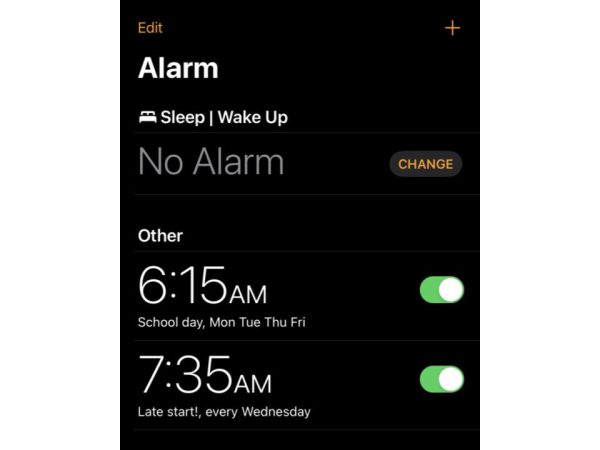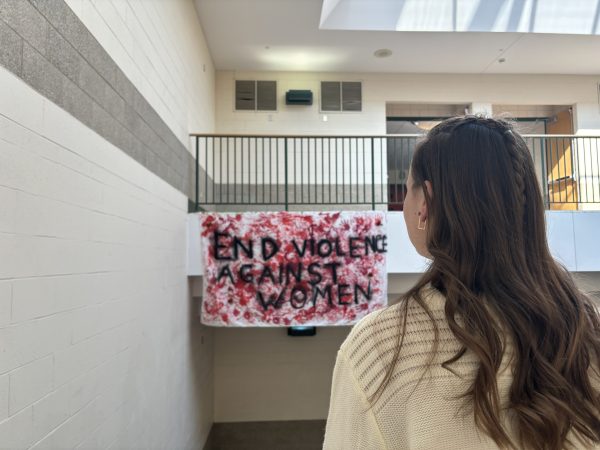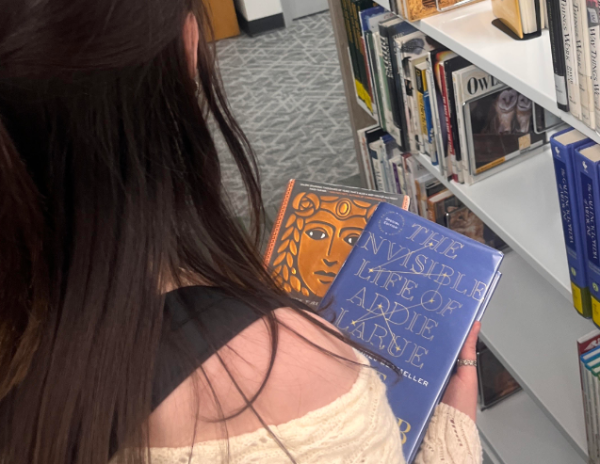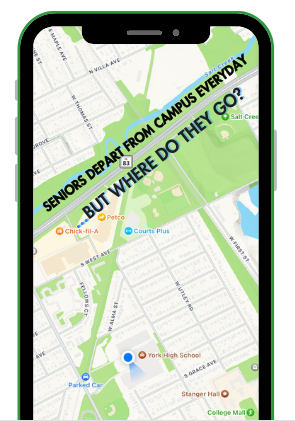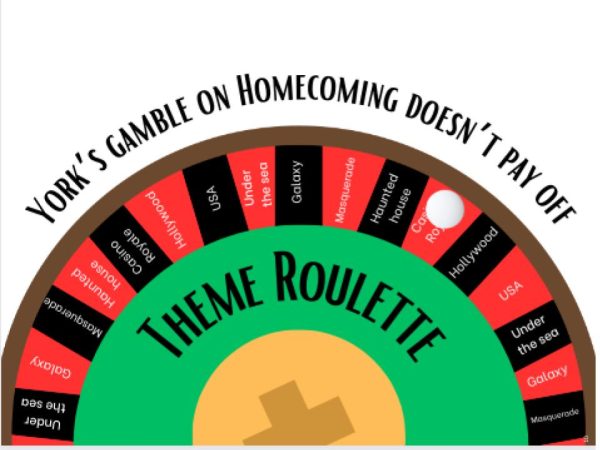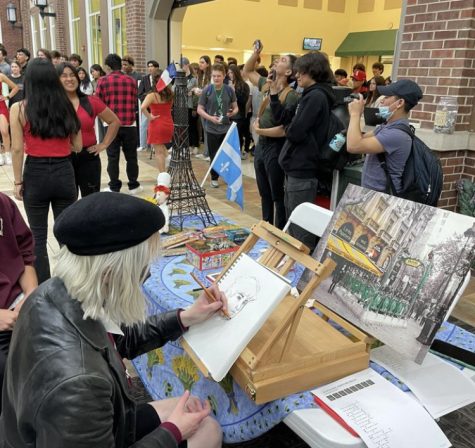Islamophobia on the rise again
How ignorance of the issue has led to the discrimination of an entire religion.

Among the 12 million Muslims in the United States, the number of anti-Muslim hate crimes has risen by five times since 9/11, according to the Washington Post. Photo of the Islamic Republic of Pakistan is courtesy of Nicolas Raymond.
The Paris attacks. The San Bernardino shootings. The ban of Muslim refugees in over 30 states of America. All of these tragic events and more have led others to the blame, hatred, and sadness fueling the calamity known as Islamophobia.
According to the University is California Berkeley, Islamophobia is defined as “unfounded hostility towards Muslims, and, therefore, fear or dislike of all or most Muslims.”
Unfortunately, this kind of behavior is seen on all levels: international, national, state, and local.
On the local level, many students note that Islamophobia is not as prominent within York.
“I haven’t seen it too much in school,” said a Muslim student who asked to remain anonymous.
Although it is not an eminent problem at York, incidents that promote Islamophobia have subtly occurred.
“Some people joke and say ‘Don’t bomb my house,” the student said. “I know it’s a joke, but it’s kind of offensive.”
It’s ‘jokes’ like these that perpetuate the inaccurate stereotypes that most Muslims face within today’s society.
However, people continue to promote Islamophobia for a number of reasons.
The majority of non-Muslims excuse their actions because they dread losing a loved one unexpectedly in an attack like that of 9/11.
“We would be allowing a welcome party– if you will– to potential terrorists in the United States,” said Republican Representative Michael McCaul.
Yet these accusations couldn’t be further from the truth. From the 9/11 Attacks up to 2014, more than 190,000 Americans were murdered; out of those murders, 37 American deaths were linked to Muslim terrorism. That’s about a .00019 percent chance of a Muslim-linked terrorist attack occurring, according to a study conducted by the University of North Carolina.
Other Americans continue to perpetuate unfounded stereotypes because they assume that “all Muslims aren’t terrorists, but all terrorists are Muslims,” who advocate for violence.
“Many people think that the Quran promotes violence, but that’s not true,” said the student who wishes to remain anonymous. “Each religion has people [such as ISIS] who pervert its ideals, but these people don’t define their religion.”
Despite the solid statistics that indicate little to no imminent danger from Muslims, many Americans continue to discriminate them.
Interestingly enough, Muslims have a higher rate of being persecuted rather than the other way around.
For example, three Muslims were shot dead in a parking lot at Chapel Hill by a white man earlier this year due to a ‘parking dispute.’
In the fall, a Muslim high-schooler in Texas made national headlines after being arrested for possessing a clock resembling a bomb.
Last month in Illinois, Governor Bruce Rauner decided to bar Muslim refugees from coming in by withholding state funds that could potentially provide education, jobs, and a home for refugees.
Rauner justified his reasoning by claiming that he wanted to “ensure the safety and security of our citizens.”
Actions such as the ones mentioned above have created a lasting impact on Muslims who have become more cautious than ever of their image so as not to call unwanted attention.
“Elmhurst is good, but I’m worried about other places,” said another student who also asked to remain anonymous. “I don’t know what the person in front of me will think just because I wear a hijab.”
Without regard to the safety and security of Muslim citizens, Rauner and 31 other Republican governors continued with their plan to close their state borders to Muslim refugees.
“I can’t believe we’re having these conversations [about banning Muslims],” said Principal Diana Smith.
Not only are the states refusing Muslim refugees, but talks about the issue have popped up within the platforms of Republican Presidential candidates.
Jeb Bush and Ted Cruz called for only allowing persecuted Christian refugees whereas the rest of the Republican Presidential candidates expressed in some shape or form how Muslim refugees shouldn’t be allowed at all.
The most radical remarks came from Donald Trump who called for a ban on all Muslims coming into the United States until the problem of terrorism is “solved.”
Surprisingly, a poll conducted by Rasmussen found that 66 percent of Americans supported the notion of temporarily banning Muslims from the country.
This sentiment of disgrace upon a certain religion is particularly strong, especially as it is being highlighted within the world of social media.
“[Islamophobia] is a product from news and social media,” said the student.
This student has a point– whenever the news mentions anything Muslim-related, it’s usually portrayed in a way where people associate Muslims with Jihadists who swarm the streets of local neighborhoods, or they blame Muslims for not knowing when the next terrorist attack will take place.
But despite all of the disheartening news, there is still hope. If we really want to combat Islamophobia and its effects, we need to acknowledge the situation.
“We have a responsibility to talk about it [Islamophobia],” said Smith.
If we do choose to talk about the problem at hand– which we should– then we must set objectives that can help all of us understand the repercussions of Islamophobia.
“We must understand the religion and its people,” said student.





